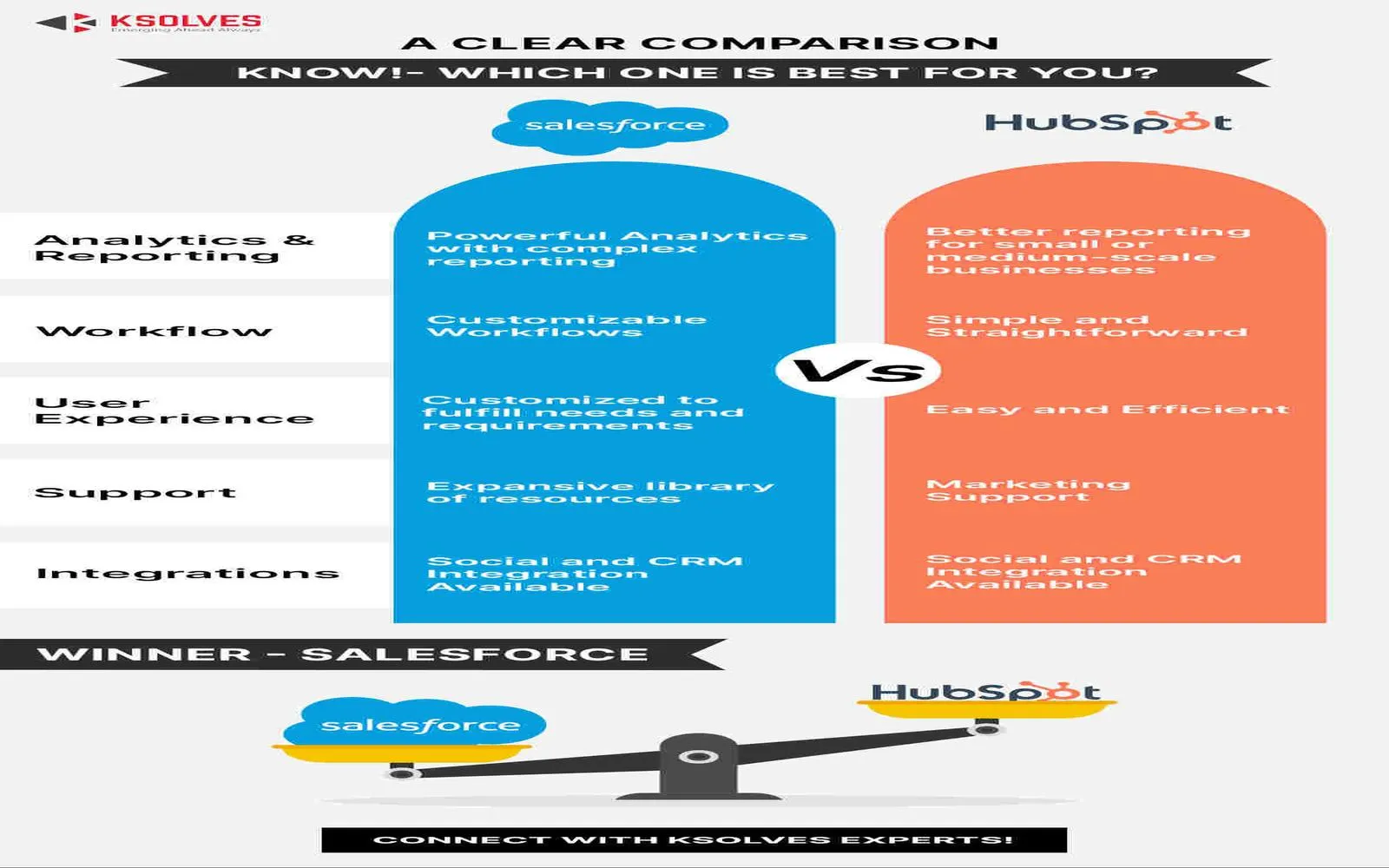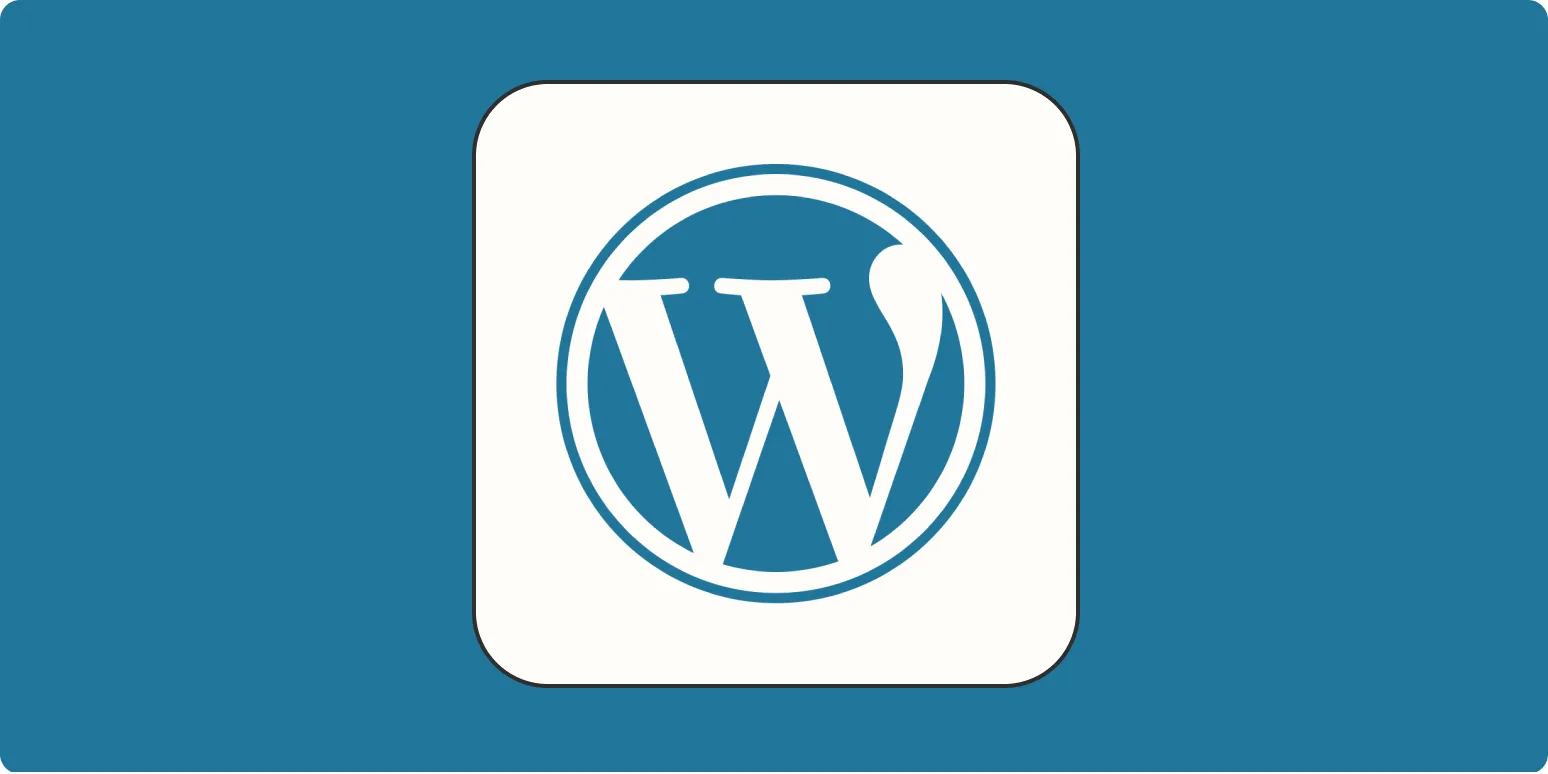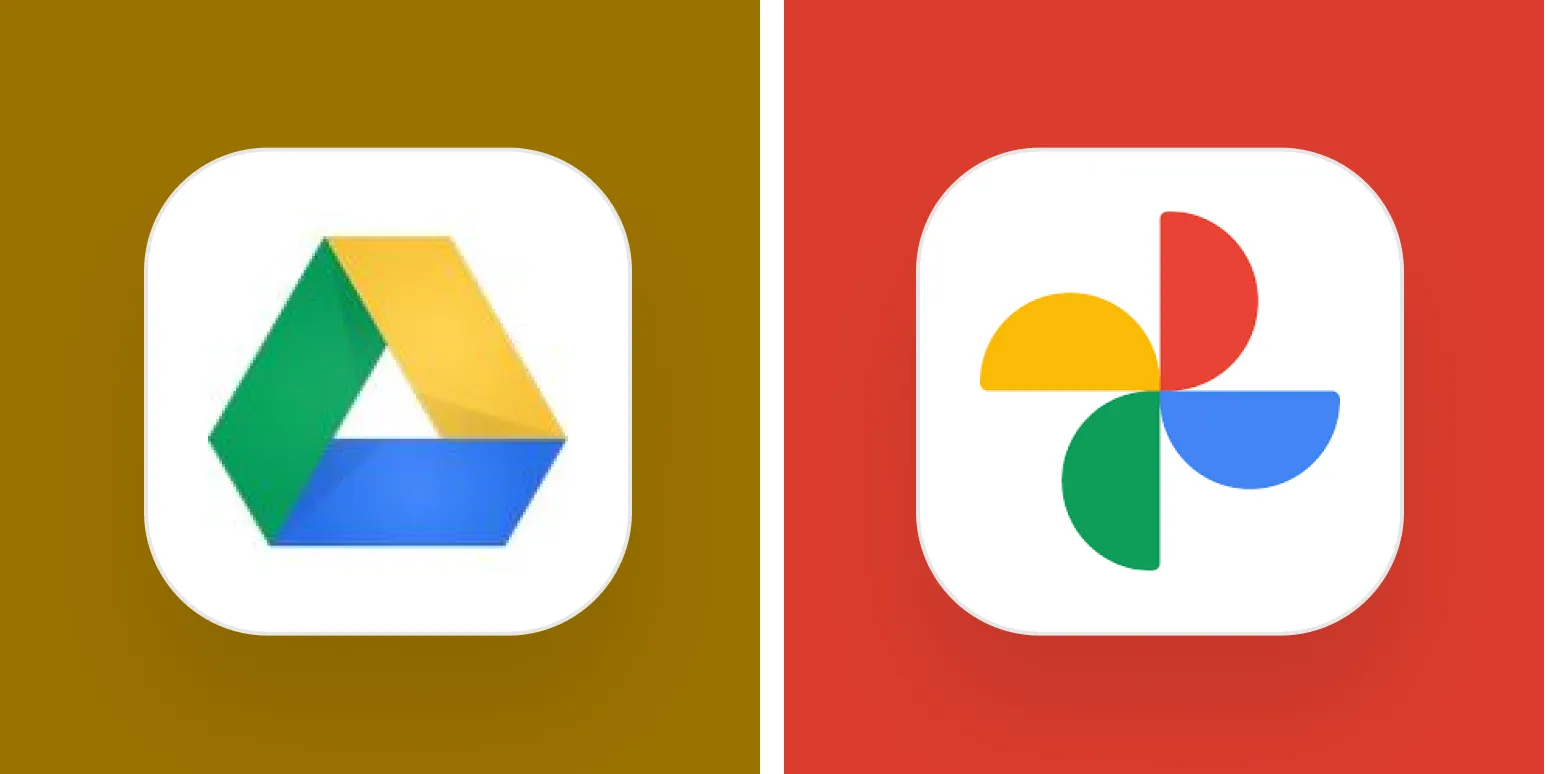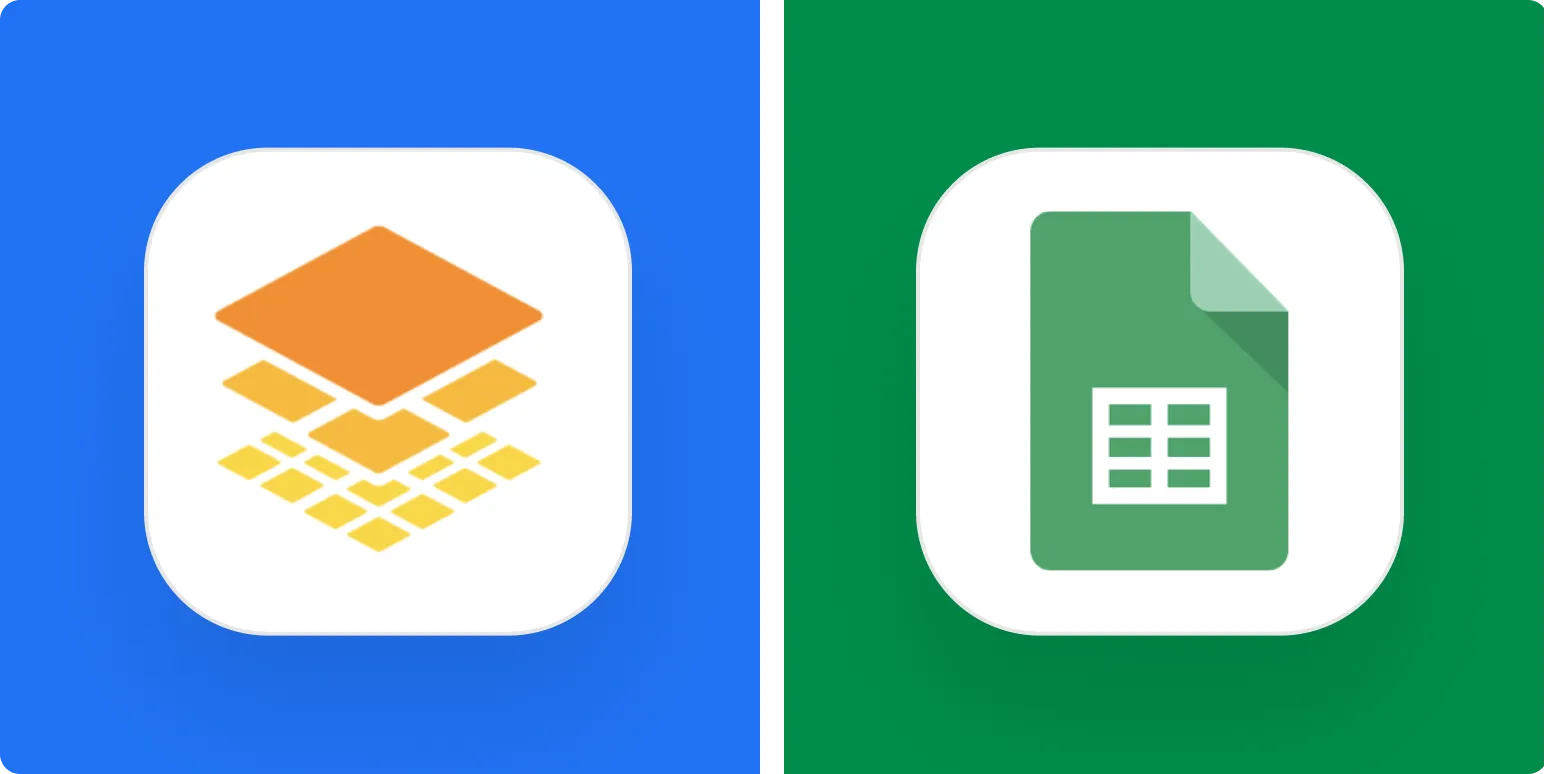Understanding HubSpot and Salesforce
When it comes to choosing the right CRM (Customer Relationship Management) software, ''HubSpot'' and ''Salesforce'' are two of the most prominent names in the industry. Both platforms offer a range of features designed to enhance customer interactions, improve sales processes, and streamline marketing efforts. However, they cater to different business needs and sizes. To help you decide which platform is the best fit for your organization in 2025, we will compare their features, pricing, usability, and customer support.
Feature Comparison
Both HubSpot and Salesforce provide a suite of tools for managing customer relationships, but their features differ significantly. Below is a comparison of key features offered by both platforms:
| Features | HubSpot | Salesforce |
|---|---|---|
| CRM Capabilities | Basic CRM tools available for free | Comprehensive CRM with extensive customization options |
| Marketing Automation | Robust marketing tools including email marketing, SEO, and social media management | Marketing Cloud with advanced automation and analytics features |
| Sales Tools | Sales pipeline management, email tracking, and meeting scheduling | Advanced sales forecasting and opportunity management |
| Customer Support | Email and chat support; limited phone support | 24/7 phone support and extensive knowledge base |
| Customization | Limited customization options | Highly customizable with a wide range of integrations |
Pricing Structures
Pricing is a crucial factor when selecting between HubSpot and Salesforce. Here's a breakdown of their pricing models:
| Plans | HubSpot | Salesforce |
|---|---|---|
| Free Plan | Available | No free plan |
| Starter Plan | Starts at $50/month | Essentials plan starts at $25/month per user |
| Professional Plan | Starts at $800/month | Professional plan starts at $75/month per user |
| Enterprise Plan | Starts at $3,200/month | Enterprise plan starts at $150/month per user |
HubSpot offers a free version with essential features, making it an attractive option for small businesses or startups. On the other hand, Salesforce's pricing can be higher, but it provides more advanced features that may be necessary for larger enterprises or those needing extensive customization.
Usability and User Experience
Usability is another critical factor to consider when choosing between HubSpot and Salesforce. Here’s how they compare:
| Criteria | HubSpot | Salesforce |
|---|---|---|
| User Interface | Intuitive and user-friendly | Complex, steeper learning curve |
| Integration | Seamless integration with other HubSpot tools | Integrates with thousands of third-party applications |
| Mobile App | Well-designed mobile app | Mobile app available, but less intuitive |
HubSpot's user interface is designed to be straightforward, making it easier for new users to get started. Salesforce, while powerful, may require more training and support due to its complexity.
Customer Support Comparison
Customer support is vital for any CRM user. Here’s a comparison between HubSpot and Salesforce:
| Support Options | HubSpot | Salesforce |
|---|---|---|
| Email Support | Yes | Yes |
| Phone Support | Limited availability | 24/7 support |
| Knowledge Base | Extensive resources available | Comprehensive documentation and community forums |
Salesforce generally offers more extensive customer support options, which may be necessary for larger organizations that require immediate assistance. HubSpot provides adequate support but with limitations, particularly for free users.
Conclusion: Making the Right Choice
Choosing between ''HubSpot'' and ''Salesforce'' ultimately depends on your business needs, budget, and growth expectations. If you are a small to medium-sized business looking for an easy-to-use, cost-effective solution with basic CRM capabilities and marketing tools, HubSpot may be the ideal choice. Conversely, if you are a larger organization requiring advanced features, customization, and robust customer support, Salesforce might be the better option. Assess your priorities and consider testing both platforms to determine which aligns best with your business objectives in 2025.





